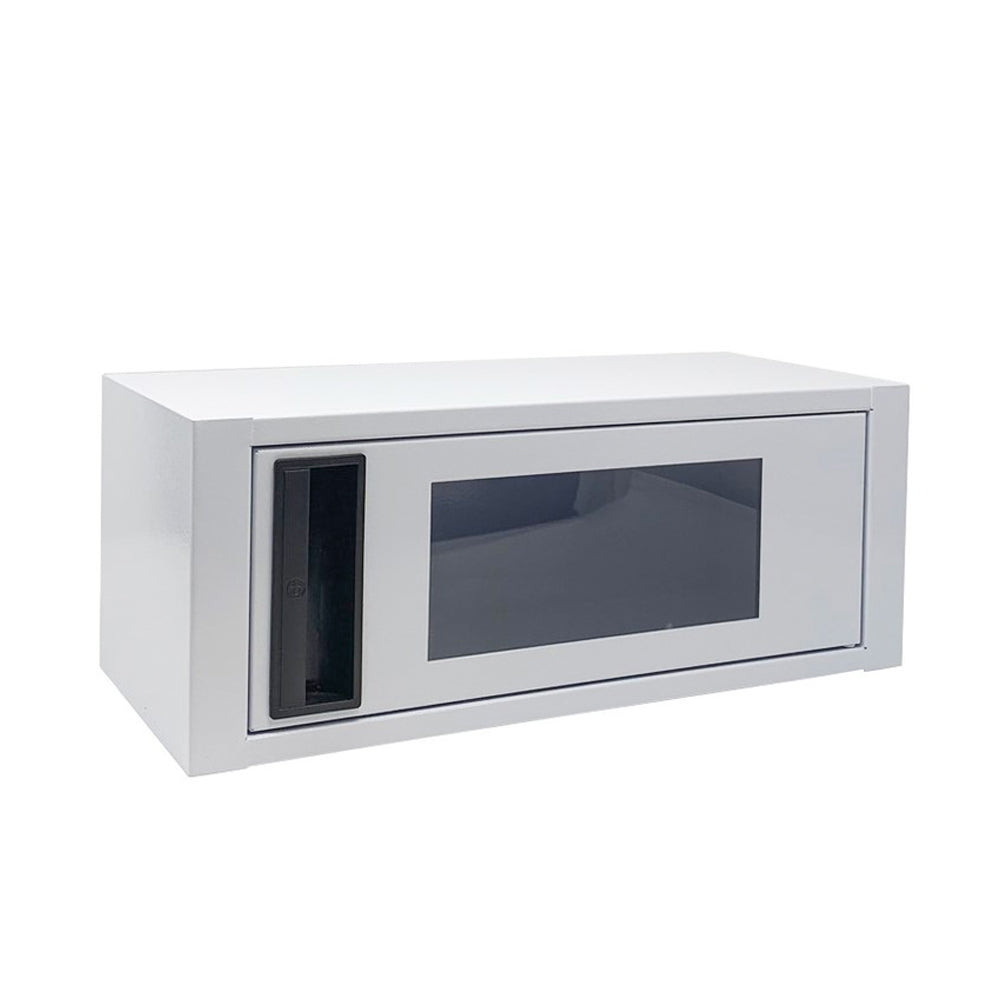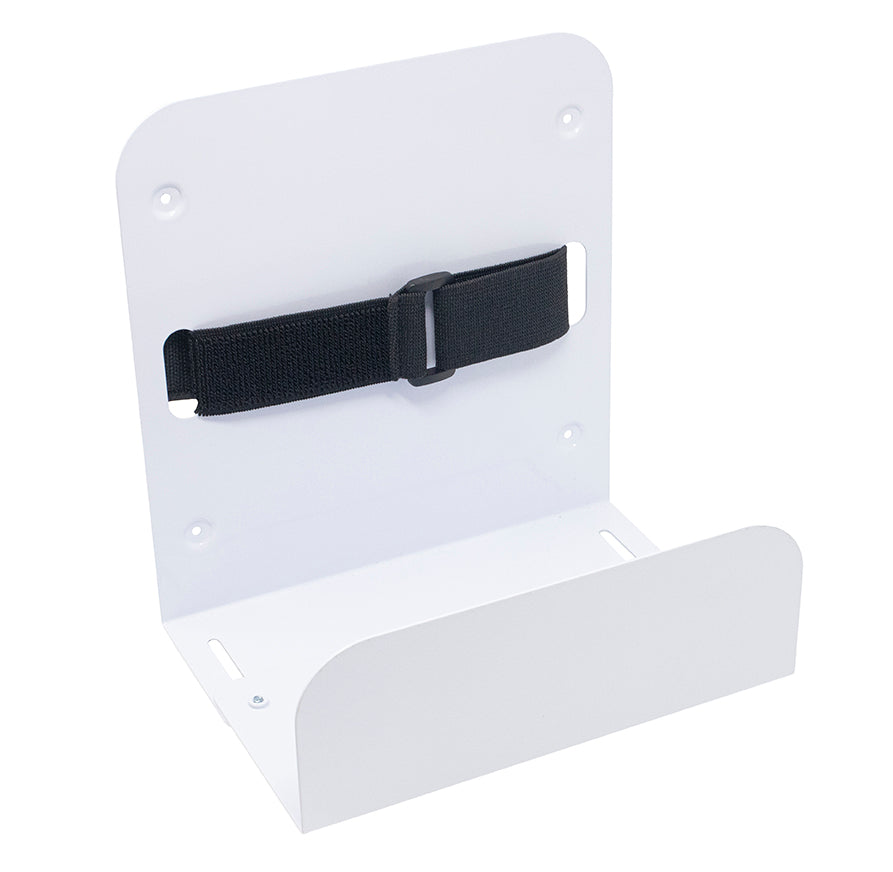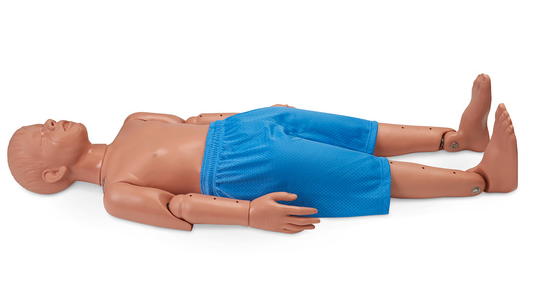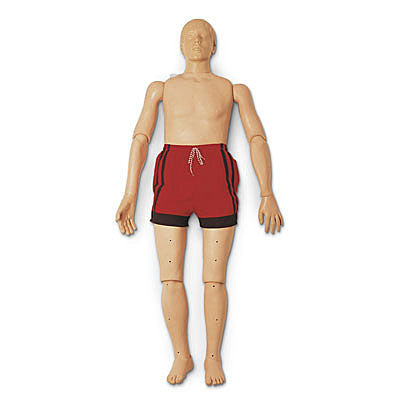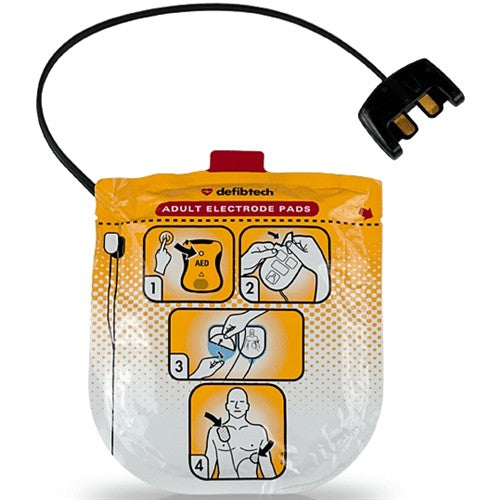A heart attack can cause other abnormalities besides blocking blood flow. For example, sudden cardiac death may occur when the heart's electrical signals become erratic (arrhythmias). When the heart tissue that is responsible for regular electrical stimulus of heart muscle contractions is damaged, the heart stops effectively pumping blood. Death usually occurs in a few minutes after the heart stops pumping blood. Consequently, rapid coronary pulmonary resuscitation (CPR) and a restoration of the organized electrical activity (usually done by electric shock with a defibrillator/AED) may restore effective pumping of blood. This action can be lifesaving for some individuals.
Automated external defibrillator AED: A device that automatically analyzes the heart rhythm and that' if it detects a problem that may respond to an electrical shock' delivers a shock to restore a normal heart rhythm. Thanks to their small size and ease of use, AEDs have been installed in many settings (such as schools and airports), and serve a role in expanding the number of opportunities for life-saving defibrillation. Abbreviated AED.
With simple audio and visual commands, AEDs are designed to be simple to use for the layperson, and the use of AEDs is taught in many first aid, certified first responder, and basic life support (BLS) level cardiopulmonary resuscitation (CPR) classes.
Unlike regular hospital defibrillators, an automated external defibrillator (AED) requires minimal training to be used (or even no training). That is possible because all AEDs approved for use in Canada and many other countries use an electronic voice to prompt users through each step. And, in case of the user of an AED may be hearing impaired, many AEDs now include visual prompts as well. Most units are designed for use by non-medical operators. Their ease of use has given rise to the notion of public access defibrillation (PAD).
Besides, the AED automatically diagnoses the heart rhythm and determines if a shock is needed. Automatic models will administer the shock without the user's command. Semi-automatic models will tell the user that a shock is needed, but the user must tell the machine to do so, usually by pressing a button. In most circumstances, the user cannot override a "no shock" advisory by an AED.
Canada
In addition to Good Samaritan laws, Ontario, Canada also has the "Chase McEachern Act passed in June, 2007, which protects individuals from liability for damages that may occur from their use of an AED to save someone's life at the immediate scene of an emergency unless damages are caused by gross negligence.



